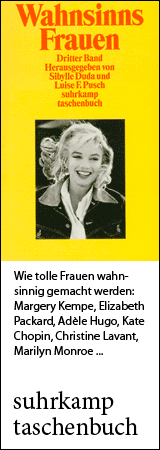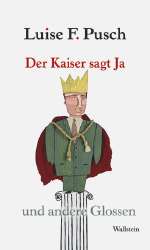
German painter
born on January 16, 1898 in Dortmund
died on March 2, 1977 in Lünen
40th anniversary of death March 2 2017
Biography • Literature & Sources
Biography
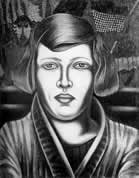
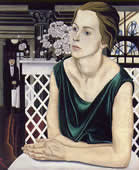
In spite of the hardships of the 1920's Gerta Overbeck possessed enough courage and self-confidence to decide on an artistic career. The artistic movement of “Neue Sachlichkeit” (New Objectivity) was in the air, and in Hanover a group of young art students formed which represented the world in which they lived with unsparing criticism and austerity. Two young women were very active participants in the group: Gerta Overbeck and Grethe Jürgens. The two were close friends for many years, and their paintings are closely related in style and theme.
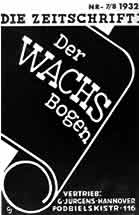 They found their subjects in the proletarian milieu of the city. The daily life of most people was shaped by unemployment, political radicalism, and inflation, and the artists also lived in impoverished circumstances. “We were led by poverty in those days to honesty and truth.” (Ernst Thoms, Overbeck's friend and artistic colleague). Politically they were all on the far left. Overbeck even belonged to the German Communist Party for a short time. After their studies none of the group was able to live from art alone. They worked in factories and offices and painted in the evening and at night. Overbeck took a job as a drawing teacher in the Ruhr region, where she lived for a while with a miner's family next to the mine. In her free time she painted with her unerring gaze: rear courtyards, construction sites, and industrial landscapes with slag heaps, blast furnaces, and steelworks. She held the view that art “must remain comprehensible and accessible” even to the common folk.
They found their subjects in the proletarian milieu of the city. The daily life of most people was shaped by unemployment, political radicalism, and inflation, and the artists also lived in impoverished circumstances. “We were led by poverty in those days to honesty and truth.” (Ernst Thoms, Overbeck's friend and artistic colleague). Politically they were all on the far left. Overbeck even belonged to the German Communist Party for a short time. After their studies none of the group was able to live from art alone. They worked in factories and offices and painted in the evening and at night. Overbeck took a job as a drawing teacher in the Ruhr region, where she lived for a while with a miner's family next to the mine. In her free time she painted with her unerring gaze: rear courtyards, construction sites, and industrial landscapes with slag heaps, blast furnaces, and steelworks. She held the view that art “must remain comprehensible and accessible” even to the common folk.
In the journal Wachsbogen (Hanover 1931/32), which she co-published and distributed (Overbeck and Jürgens on bicycles!), the young artists once again formulated their aesthetic ideas – until the Nazis came to power in 1933. “After that there wasn't much you could say. You could only whisper.”
In the 60's the style of New Objectivity was rediscovered, and Gerta Overbeck and her work received a belated recognition. Today Overbeck and Jürgens are considered to be important representatives of this style.
Author: Renate Rochner. Translated by Joey Horsley.
Literature & Sources
“Der stärkste Ausdruck unserer Tage”: Neue Sachlichkeit in Hannover. 9.12.2001 - 10.3.2002. Ausstellungskatalog. Christian Fuhrmeister, ed. Hildesheim; Zurich; New York. Olms.
Döring, Antje. 2001. “Gertrud (Gerta) Overbeck–Schenk”, in: “Der stärkste Ausdruck unserer Tage”: Neue Sachlichkeit in Hannover. 9.12.2001 - 10.3.2002. Ausstellungskatalog. Christian Fuhrmeister, ed. Hildesheim; Zurich; New York. Olms. pp. 251-252.
Meskimmon, Marsha. 1999. We Weren't Modern Enough:
Women Artists and the Limits of German Modernism. Weimar and Now: German Cultural Criticism, 25. Berkeley, CA; London. The University of California Press.
Meskimmon, Marsha. 2002. “Grethe Jürgens, Gerta Overbeck und die 'Frauenkultur' in der Weimarer Republik”, in: “Der stärkste Ausdruck unserer Tage”: Neue Sachlichkeit in Hannover. 9.12.2001 - 10.3.2002. Ausstellungskatalog. Christian Fuhrmeister, ed. Hildesheim; Zurich; New York. Olms. pp. 53-56.
Schroeder, Hiltrud. Hg. 1991. Sophie & Co.: Bedeutende Frauen Hannovers. Hanover. Fackelträger.
This Fem-Biography was sponsored by the Mariann Steegmann Foundation.
If you hold the rights to one or more of the images on this page and object to its/their appearance here, please contact Fembio.


